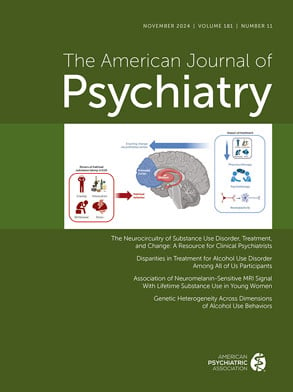Lawrence H. Diller, an experienced developmental/behavioral pediatrician, has written a thoughtful and provocative book on the ever larger gap between the number of children being diagnosed with attention deficit hyperactivity disorder (ADHD), the almost reflex prescription of stimulant drugs when the diagnosis is made, and the paucity of evidence on the long-term outcome of treatment. Diller is no drug basher. He uses stimulants for children when they are indicated, but only after a careful assessment and as part of a comprehensive program of management.
Why does Diller believe that ADHD is being overdiagnosed and overtreated? More than 4.5 million U.S. children under 18 are taking psychotropic drugs, mostly stimulants, more than twice as many as a decade ago. Within the past 15 years, the production of methylphenidate has increased by 1700%, and generic amphetamines by 3000%! Epidemiologic prevalence data defy understanding. Can it really be true, as the Centers for Disease Control and Prevention has reported, that 5% of the children in Colorado and 5.5% in California have or have had ADHD, with as many as 10.5% in Louisiana and 11% in Alabama?
How did this state of affairs come about? Diller suggests some reasons. Although Bradley had reported that amphetamines slow overactive children as early as 1937, there was no diagnostic category in the official APA manual until the second edition of the DSM (1968), when “Hyperkinetic Reaction of Childhood” appeared. It was not until DSM-III in 1980 that the present terminology, ADHD, superseded the old with more extended description. In Diller’s view, DSM-III marked a shift in focus in American psychiatry away from environmental influences and toward the brain, biochemistry, genetics, and drug treatment. For Diller, DSM-III is also a bureaucratic document governing reimbursement. To quote Diller, “The drug industry hijacked American psychiatry in the 1990s….Insurance companies structure doctors’ reimbursement so as to reward short visits, ones in which a prescription brings the session to a definite conclusion.” Doctors find it easier to go along than to resist. After all, as Franz Kafka wrote, “To write prescriptions is easy; to come to an understanding with people is hard.”
The real acceleration in the curve of use began when the Individuals with Disability Education Act, authorized by Congress in 1990, was amended the following year to include ADHD as a diagnosis that makes a child eligible for special services and accommodations in public schools. Once the word spread among parents that the magic diagnosis ADHD could make the schools change the management of their children, the disease “epidemic” spread throughout the country. It was amplified by direct drug advertising to the consumer that led parents to come to their pediatricians with a ready-made diagnosis and a request for stimulant drugs to remedy whatever troubled them about their child. Many parents welcomed a brain-focused diagnosis that relieved them of responsibility for problem behavior. Indeed parents have learned to manipulate the magic diagnosis to obtain time concessions when their high school seniors sit for SAT exams. This has become such an issue that the Educational Testing Service in Princeton has had to establish strict rules for eligibility for disability concessions.
Teachers soon learned that the drugs were usually effective in suppressing restlessness and endorsed medication to parents with ever-increasing enthusiasm. Some schools began to insist that parents agree to drug treatment as a condition for school attendance. This become so much of a problem that Congress passed a specific amendment to the 2004 Individuals with Disability Education Act reauthorization, which prohibited such draconian measures.
What enlists clinicians, teachers, and parents in abetting the ADHD epidemic? Stimulant drugs almost always slow down overactive children. The effect was termed “paradoxical,” given that the drugs are defined as “stimulants.” The therapeutic response is taken as “proof” of the diagnosis, but this ignores the work of Judy Rapoport and her colleagues at the National Institute of Mental Health, who gave a single dose of a stimulant drug to normal children and found that they too were slowed down. The paradox is an age, not a “disease” effect. Because the children spend more time on tasks and less time moving about, their performance as learners “should” improve. But does it? Many of the children continue to have learning difficulties despite the reduction of symptoms that make them such irritants to others. Long-term outcome studies are remarkably few.
This book deserves a wide readership. No less distinguished a child psychiatrist than Sir Michael Rutter has commended it “for providing the most balanced discussion” of “using medication to treat children’s behavior problems.” The Last Normal Child raises important questions that available data does not fully answer. Practitioners and parents, as well as researchers, need to reflect on the implications.

